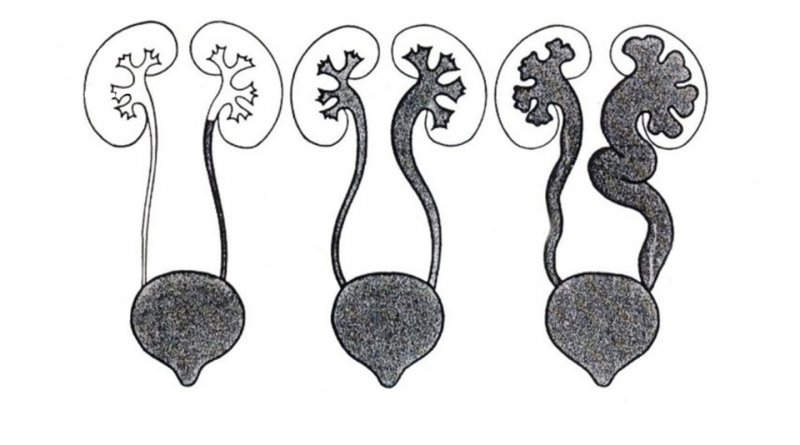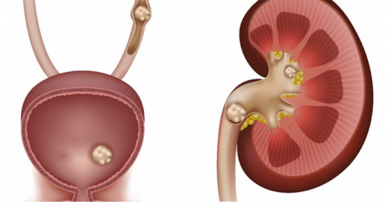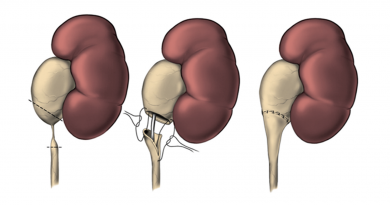Vesicoureteral Reflux
Under normal conditions, urinary flow direction in the urinary system is from the kidneys to the bladder and is always one-way. But in some children, urine backflows from the bladder to the kidneys. This condition is called vesicoureteral reflux (VUR). It is monitored in one of 100 children. VUR may develop due to a insufficent conjuction angle of bladder and ureters (thin ducts that carry urine between the kidney and bladder). It may be congenital or develop after birth. The severity of clinical complaints has a broad spectrum, which expands very mild to severe. Even in the majority of cases, despite VUR presence, it can survive without any signs of disease or damage. It usually presents with urinary tract infection. If these urinary tract infections are accompanied by fever (pyelonephritis, upper urinary tract infection), it is highly likely to heal by damaging the kidney. Excessive amounts of this damage can cause serious health problems such as dysfunction of the affected kidney and hypertension. Accompanying bladder-related voiding dysfunction may complicate the clinic presentation.
Voiding cystourethrography (VCU; coloured voiding film with a thin catheter placed in the urinary tract) is used for diagnosis. The severity of the leakage is graded from 1 to 5, from mild to severe. In patients with VUR, DMSA scintigraphy is performed to determine the level and presence of kidney damage. The voiding disorders of the patient is questioned and treatment is extended in this direction if necessary.
In patients with mild VUR with minimal renal damage and no clinical problems, follow-up may be sufficient without any intervention. Some children may require long-term preventive antibiotic therapy. There are various surgical options in the necessary cases. STING, which is an endoscopic surgical approach, has a short operation time and low success rates compared to open surgery. Although the surgical success of open surgical procedures is quite high, the most important point is to evaluate the patient in general and determine in which patient group intervention is necessary and to apply the appropriate surgical technique.




